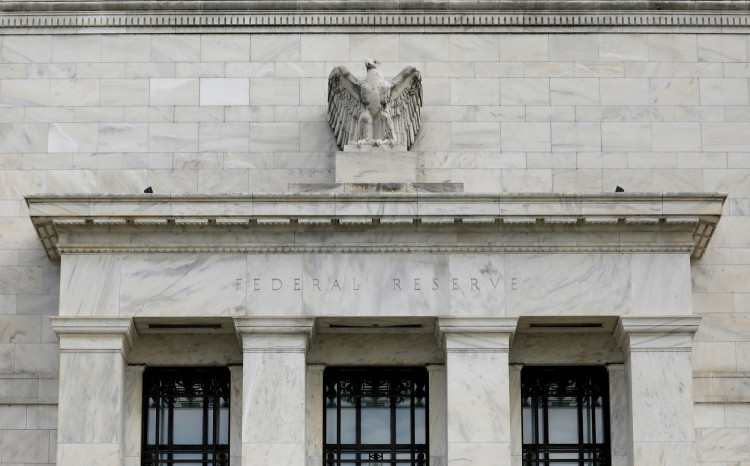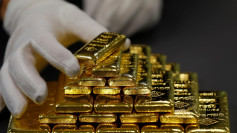The Federal Reserve is widely expected to hold interest rates steady on Wednesday, resisting pressure from President Donald Trump to cut borrowing costs, as escalating tensions in the Middle East and uncertainty over U.S. tariffs cloud the economic outlook. Policymakers continue to weigh competing signals from a slowing domestic economy and mounting inflation risks.
Missile exchanges between Israel and Iran entered a sixth day, with Trump signaling possible U.S. intervention and Iran's Supreme Leader Ayatollah Ali Khamenei issuing warnings against American involvement. Despite the volatility, oil prices have risen only about 10%, reaching $77 per barrel - far from the $120 peak after Russia's 2022 invasion of Ukraine.
Goldman Sachs analysts on Wednesday cautioned that in "extreme tail scenarios where regional oil production or shipping ... is disrupted for an extended period," prices could surpass $100 a barrel. While the U.S. is now a net exporter of oil, a sustained global supply shock could reintroduce volatility and challenge the Fed's inflation management strategy.
The central bank has kept its benchmark rate in the 4.25%-4.50% range since December. The economy, meanwhile, has shown signs of weakening. On Wednesday, the Commerce Department reported a nearly 10% drop in housing starts for May - the lowest level since the early pandemic - while building permits fell by 2%, signaling weaker future supply.
A survey from the National Association for Business Economics showed consensus GDP growth expectations for 2025 slipping to 1.3%, down from April's 1.9%, with year-end inflation now expected to reach 3.1% - well above the Fed's 2% target. Respondents projected unemployment would rise from May's 4.2% to 4.7% by early 2026.
Meanwhile, President Trump has criticized the Fed's restraint. Last week, he derided Fed Chair Jerome Powell as a "numbskull" in a social media post after inflation data showed only a modest uptick. The central bank cut rates three times in 2024 but has since paused amid persistent uncertainty over tariffs and geopolitical instability.
"The Fed's revealed preference is to be paralyzed by Trump's uncertainty," wrote Dario Perkins, economist at TS Lombard. "Central bankers are always a conservative bunch, and with risks to both sides of their mandate, the bias is to wait and see if the next few months will resolve their dilemma. Meanwhile, the president ain't happy."
The central bank will release its policy statement and updated economic projections at 2 p.m. EDT, followed by Powell's press conference. Michael Feroli, chief U.S. economist at JP Morgan, predicted minimal changes to the language in the statement, citing solid job growth and elevated inflation.






